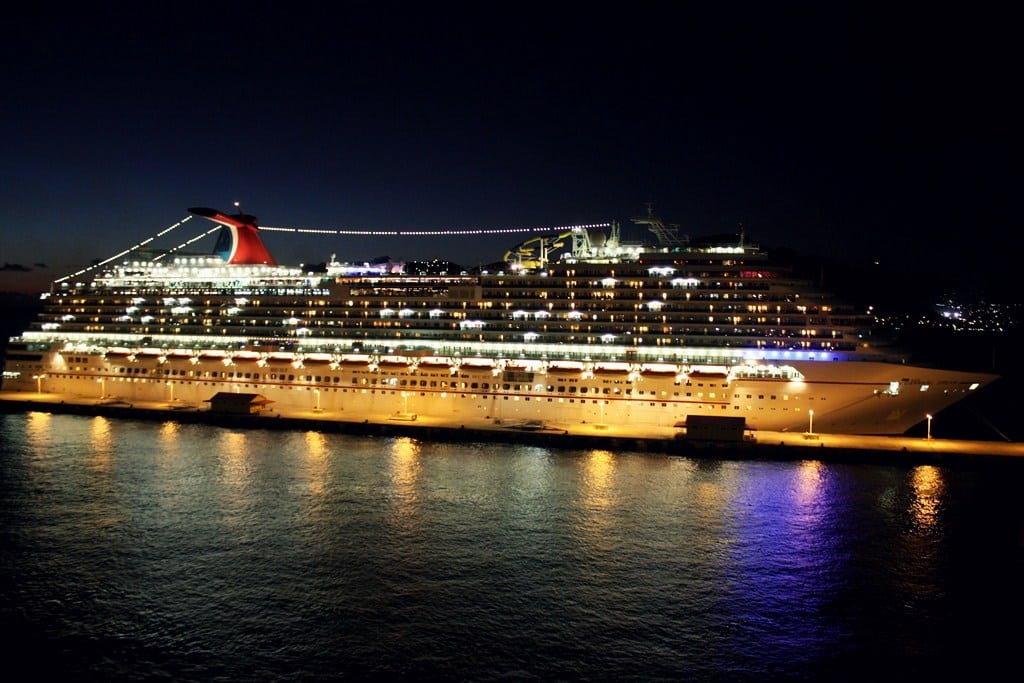How Carnival is sailing one year after the Costa Concordia disaster

Skift Take
The world's largest cruise company has had a tough year, but safety issues will still be at the forefront and the broader economic issues may still mean choppy waters.
After boarding the latest addition to the Carnival Cruise Lines family, Josh Beaver sampled lasagna at the new onboard Italian restaurant, downed some drinks with his traveling companions and hit the water slides while the afternoon was still young.
"So far, from what I've seen, there's lots to do," said Beaver, 33, of Holden Beach, N.C.
The Carnival Breeze hadn't even left Port Miami yet on a recent Saturday, and already it buzzed with vacationers exploring all there was to do: nosh on a Pig Patty from the new Guy's Burger Bar, make friends with bartenders at the new RedFrog Pub or check out a novel and a glass of the grape at the new Library Bar.
Here aboard one of the largest ships in the biggest brand of the Number One cruise ship company in the world, there was little hint that the last year was one of the toughest in the 41-year history of parent company Carnival Corp. & plc.
Last year got off to a catastrophic start when Costa Concordia, owned by Carnival unit Costa Cruises, struck rocks in Italian waters as the captain steered the ship on an unauthorized route. The massive liner listed to one side, and 32 people died in the chaos that followed.
"When you lose lives, it's heartbreaking," said Carnival Corp. Vice Chairman and COO Howard Frank, who devoted much of his time last winter handling the aftermath with Costa leaders. "And so I think in terms of our emotional reaction to it, it's been the toughest year we've had."
Carnival Corp. Chairman and CEO Micky Arison took criticism for not going to Italy following the wreck, but said he believes the company did the right thing and doesn't second-guess his actions.
Financially, the company took a hit as well, starting with discounts that were necessary to drum up business after the accident. Costa's future bookings plunged, but picked up after the operator slashed prices. As of mid-December, prices at Costa remained lower than they were a year earlier, though the company expects that to change once the anniversary of the accident passes.
"I think we've been consistent in saying the recovery at Costa is not a one-year issue," Arison said during the December earnings call with analysts. "It's going to be multiple years, and we are forecasting a recovery of about half the yield deterioration."
The ship remains on its side off the island of Giglio; it's expected to be removed by the end of summer.
A flurry of civil lawsuits have been filed, but none have reached trial yet;
